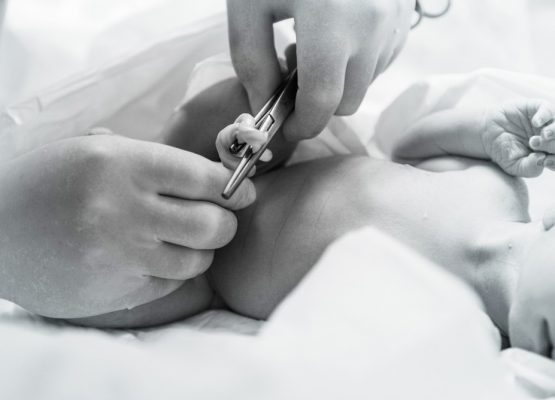Jaundice, also known as hyperbilirubinemia, is a frequently encountered clinical problem in newborns. Breast milk jaundice typically presents in the first or second week of life with an unconjugated hyperbilirubinemia in an otherwise healthy infant whose nutritional intake is predominantly via breastfeeding. Because it is lipid-soluble (that is, it dissolves only in fat), the body to eliminate it has to turn it into water-soluble. This process is done in the liver (liver) and is thus excreted in the intestine while a small percentage is resorbed naturally back into the body (entero-hepatic circulation).
Lipid-soluble bilirubin is also called indirect or unbreakable while its water-soluble form is either direct or conjugated. These infants exhibit normal weight gain with normal production of urine and stools. When total serum bilirubin levels rise, a yellowish discoloration of the infant’s skin and sclera occurs and is referred to as jaundice. Infants with breast milk jaundice often have higher peaks of serum bilirubin and an overall slower decline than infants that they feed with formula.
What factors can lead to the development of pathologic jaundice?
- Premature (baby born under 38 weeks).
- Blood Type and Rhesus incompatibility of the mother and baby (when your baby has a different blood group or a different rhesus from you or when the mother is rhesus negative).
- Inheritance (if one of his siblings or parents as babies had developed jaundice at the first neonatal age).
- Lack of g6pd enzyme in your baby (babies are tested for lack of this enzyme by a Guthrie test during the first few days after your birth).
- Weight loss greater than 10% during the first few days after birth.
- Appearance of infection at first neonatal age.
- Not good feeding your baby either with a bottle or chest.
- Blood swallowing during childbirth by your baby
- Signs of hemolysis in the body after birth.
Optimal breastfeeding management includes initiation of breastfeeding in the first hour, followed by at least 10 to 12 breastfeeds per day for the first 1 to 2 weeks without any water or other food supplementation, using good positioning that assures effective milk transfer to the infant, and weight loss from birth of less than 8%
The frequency of breast milk jaundice within the United States is thought to be 20-30% for newborns from 3 to 4 weeks of age whose feeding is predominantly via breastfeeding. About 30-40% of breastfed infants are expected to have bilirubin levels greater than or equal to 5mg/dL with about 2-4% of exclusively breastfed infants having bilirubin levels above 10 mg/dL in week 3 of life. However, milk from mothers of infants with classical breastmilk
jaundice inhibited intestinal absorption of bilirubin only for the first 2 hours and was then followed by a dramatic increase in absorption, which continued for at least an additional 14 hours and resulted in a total absorption of 60% of the intestinal bilirubin dose.
Treatment is not necessary for breast milk jaundice unless the total serum bilirubin level of the infant is greater than 20mg/dL. If the total serum bilirubin level remains below 12mg/dL, the recommendation is to continue breastfeeding of the infant and to expect resolution of jaundice by 12 weeks of age. Jaundice, in the overwhelming majority of cases, is not a reason for a mother to quit breastfeeding.
What can we do to reduce the likelihood of jaundice or to help lower bilirubin prices?
- If the jaundice is intense it is possible to have phototherapy, placing the baby under a lamp in the maternity hospital so that bilirubin can be absorbed more quickly. As already mentioned, exposing the largest possible part of your baby’s body to light will be able to significantly improve the degradation of bilirubin by converting it from a fat-soluble to a water-soluble substance. In this case, breastfeeding should not only continue, but efforts should be made for more efficient techniques and more frequent chest feeding. Tea, water, sugar can not help to lower bilirubin. Bilirubin is excreted with stools, so increasing the baby’s urine with various fluids will not have the effect we seek.
- Start feeding your baby immediately by breastfeeding, from the very first hour after your birth. Your baby through breastfeeding will increase milk production and the amount of food you receive will be greater.
- Breastfeed exclusively and unconditionally your baby according to his needs and age.
- Babies who are sleeping a lot, do not have active breastfeeding and have a laxity, do not breastfeed well or are breastfeeding little or too thin or their mammalian movements are not rhythmic, have signs that they have jaundice.
- The amount of milk a baby eats depends on how a baby nurses and on the frequency.
If any of the above observations or findings indicate that there are predisposing factors of inferior development, then applied the unlimited and at will, breastfeeding.



